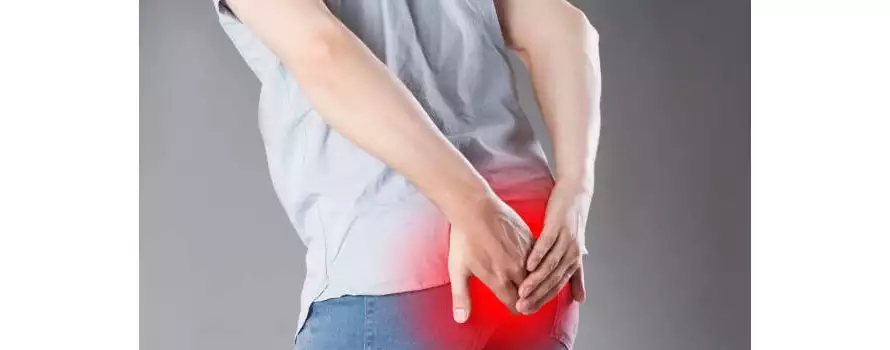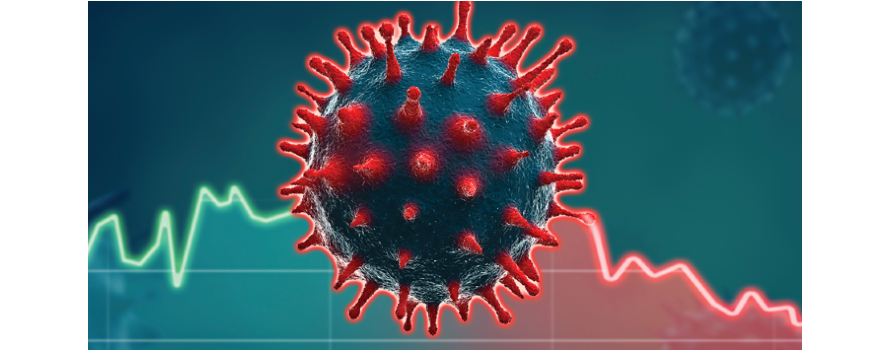The primary goal of Ayurvedic treatment for paralysis is to make the paralysed person as independent as possible in order to aid in their adjustment to life. Pakshaghat, one of the Vata Vyadhis listed in the ancient writings, is the term used in Ayurveda to describe paralysis. A variety of massage techniques are used in Ayurvedic medicine to relax muscles and stimulate nerves during the treatment of paralysis. Important Ayurvedic remedies for paralysis also include those that address vata dosha imbalances. In this article, we give you a brief description of how to cure paralysis with Birla Ayurveda and the ayurvedic management of paralysis.
What is Paralysis?
The lack of one or more muscles’ ability to contract is known as paralysis. If there is sensory impairment in addition to motor damage, paralysis can be followed by a loss of feeling (sensory loss) in the affected area. A single body portion or the complete body may be paralysed. Complete paralysis is a condition that affects the entire body. Partial paralysis is the term used when it just affects a particular bodily area. One of the most frequent problems following a stroke is facial paralysis, which primarily affects one side of the face.
What Are the Types Of Paralysis?
Paralysis can affect any region of the body and impede body functions in a variety of ways. As a result, there are various varieties of paralysis. There are, however, four primary forms of paralysis, depending on the body part affected.
- Overweight and obesity: Obesity and excess weight place too much strain on the knee joints when doing everyday tasks like walking or standing.
- Monoplegia: Monoplegia is the medical term for the paralysis of a single limb. The primary cause of this paralysis is cerebral palsy. However, brain injuries, tumours, and strokes are also potential causes.
- Hemiplegia: Hemiplegia is a type of partial paralysis that affects the same side of the body on both the arm and the leg.
- Paraplegia: Paraplegia is a paralysis of the lower body. Usually, it impacts the hips and legs. People who have lower-body paralysis struggle with basic bodily functions like urination and sexuality.
- Quadriplegia: Quadriplegia is the medical term for paralysis of the lower body. The torso and all four limbs are affected by this kind of paralysis. This kind of paralysis can be brought on by sports injuries, falls, or spinal cord injuries sustained after a high-velocity accident.
How does Ayurveda cure Paralysis?
The illness known as Vata Vyadhi has been discussed in Ayurveda. In Ayurveda, the word “paralysis” is known by the names Paksaghata, Paksha Vadha, and Ekanga Vata. Facial paralysis has been described in Ayurveda as a distinct illness entity known as “Ardita Vata.” The classical scriptures of Ayurveda extensively list the recommended treatments for certain ailments.
Ayurveda has proven to be or continues to be one of the most effective therapy techniques for the greatest potential recovery in Paralysis or stroke conditions, despite the different treatment modalities accessible in all medical streams.
So, immediately after getting discharged from an acute medical care centre or hospital, it is always highly recommendable to take Ayurveda treatment.
At Birla Ayurveda, we provide excellent Panchakarma treatments as well as oral paralysis drugs. Therapies like Abhyanga Swedam, Nasyam, Karna Pooranam, Snehapanam, Virechanam, Shiro Vasti, Sarvanga Dhara (Pizhichil), Pichu, Navarakizhi, Vasti, etc. are carried out for roughly 4 to 5 weeks depending on the condition and necessity.
Depending on the recovery, oral medications will be continued for 3 to 6 months. In addition to these, dietary and lifestyle changes are crucial for the treatment of paralysis. The likelihood of a paralysis condition recovering is increased by early Ayurvedic intervention.
The major line of treatment for paralysis, according to Ayurveda, is to normalise the flow of Prana Vayu. This is accomplished through the application of therapies, which are carried out based on the patient’s overall health at all phases of paralysis.
- Abhyangam: A full-body Ayurvedic massage that calms the muscles and nerves.
- Padabhyanga: The lower limbs’ muscles and ligaments are relaxed via Padabhyanga.
- Pizhichil: Warm oil massages are part of the Pizhichil Ayurvedic Treatment, which can stimulate the muscles and nerves.
- Sneha Vasti: Sneha Vasti is utilised to balance the Vata Dosha because one of the Vata Vyadhis listed in the old Ayurvedic scriptures is paralysis.
Side Effects of Ayurvedic Treatment of Paralysis
The Ayurvedic treatments for paralysis involve herbal or natural oils and medicines and are typically safe. Before beginning therapy, it is advised to consult a certified Ayurvedic doctor at a professional Ayurvedic facility.
Cost of Ayurvedic Treatment of Paralysis
Each person is affected by paralysis differently, hence the length of treatment and the treatment strategy also vary depending on the patient. Make an appointment for a consultation with one of our specialists to learn the cost of Ayurvedic paralysis treatment.
If you are looking for an Ayurvedic centre, then cure paralysis with Birla Ayurveda. Our team of professional doctors can help you with your problem.


